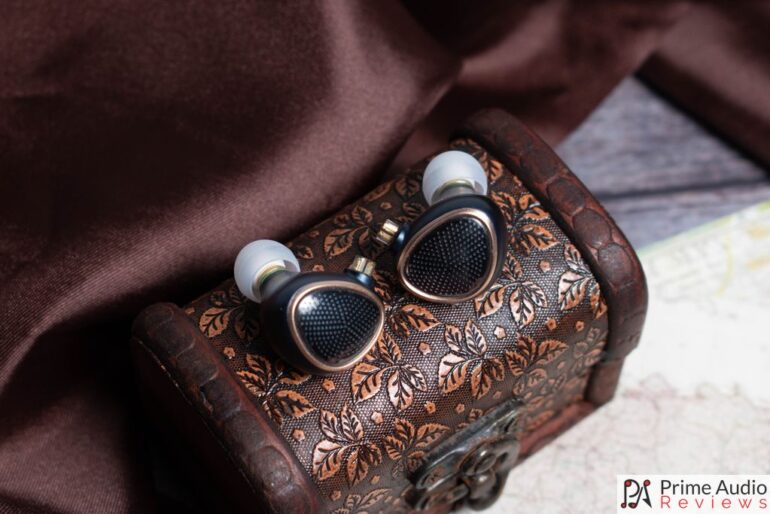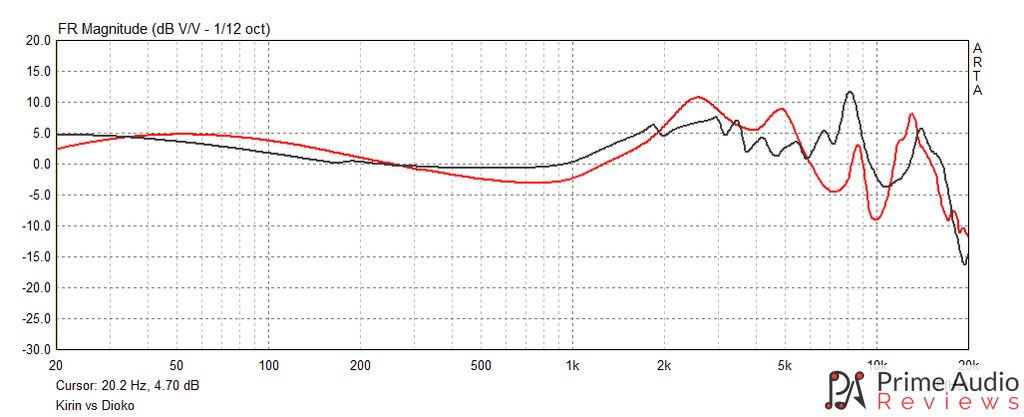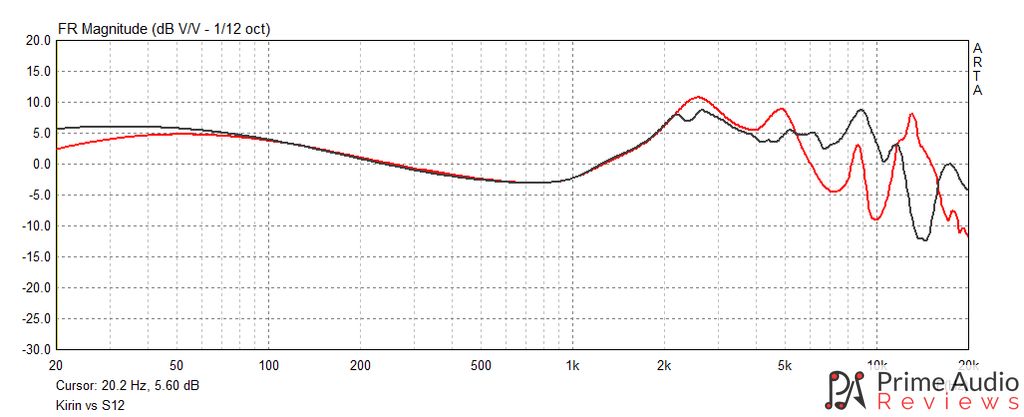Today, I’m reviewing the TRN Kirin earphones. Kirin features a 14.5mm planar magnetic driver, replaceable tuning nozzles and magnesium alloy housing. It’s priced at $129.
Disclaimer: This sample was provided by Linsoul for an honest review. All observations and opinions here are my own based on my experience with the product.
TRN Kirin
Specifications
Driver: 14.5mm planar magnetic driver
- Connector: 2 pin
- Plug: 3.5mm/2.5mm/4.4mm
- Sensitivity:106dB
- Frequency Response Range: 7Hz-40KHz
- Impedance: 32ohm
- Product Weight: 15g+26g (earbud+cable)
- Cable Length: about 1.2m
- Price: $129

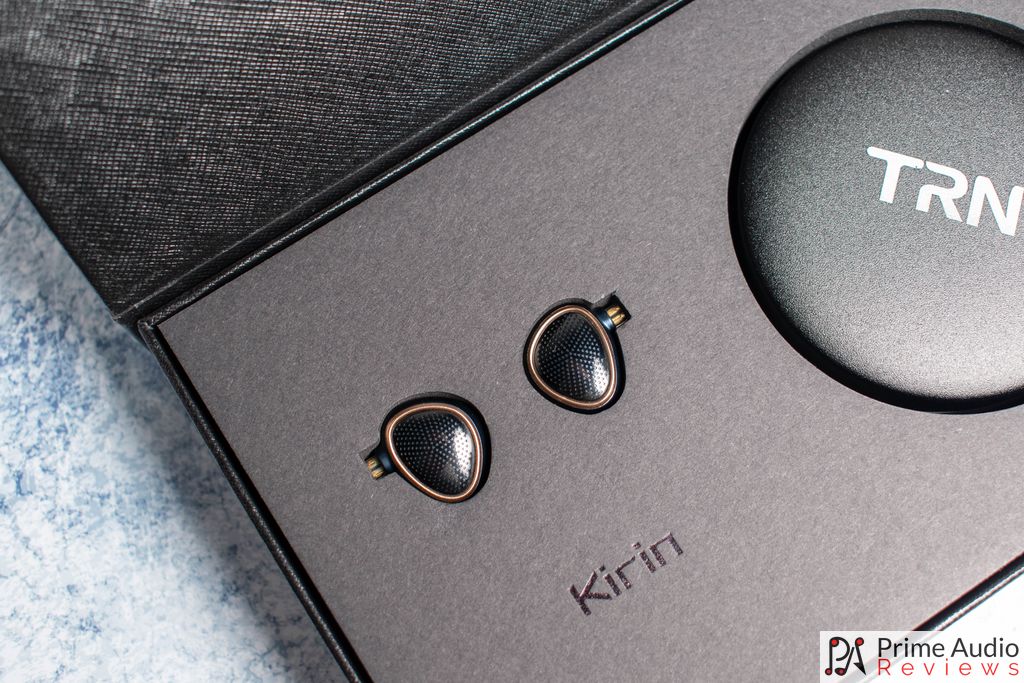
Package and Accessories
The TRN Kirin comes in a relatively large box with a cardboard sleeve. It looks and feels pretty premium for a $129 IEM. There’s a pretty good assortment of items inside. Here’s what’s in the box:
- TRN Kirin IEMs
- Detachable 2-pin silver-plated copper modular cable
- 2.5mm, 3.5mm and 4.4mm terminations
- 3.5mm to 6.35mm adapter
- 1x pair of foam eartips
- 3x pairs of white silicone eartips
- 3x pairs of black silicone eartips
- Metal carrying case
- 3x sets of tuning filters (transparent, reference, atmospheric)
- Documentation
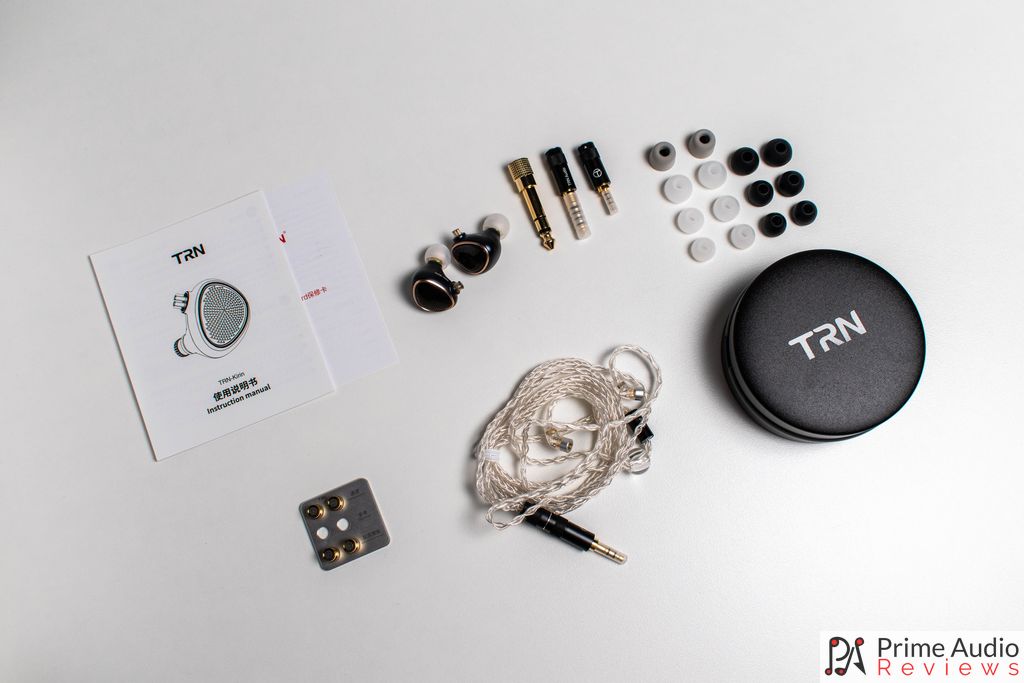
Design
Taking inspiration from its namesake, the faceplates have a motif pattern like that of the mythical Kirin’s scales. The magnesium alloy shells provide a rigid and durable structure designed to reduce unwanted harmonic resonance.
Three vents on the inner surface of the housings act as airflow control and help equalize internal chamber pressure. Kirin’s nozzles are removable tuning filters and there are 3 sets (transparent, reference and atmospheric) included in the box.
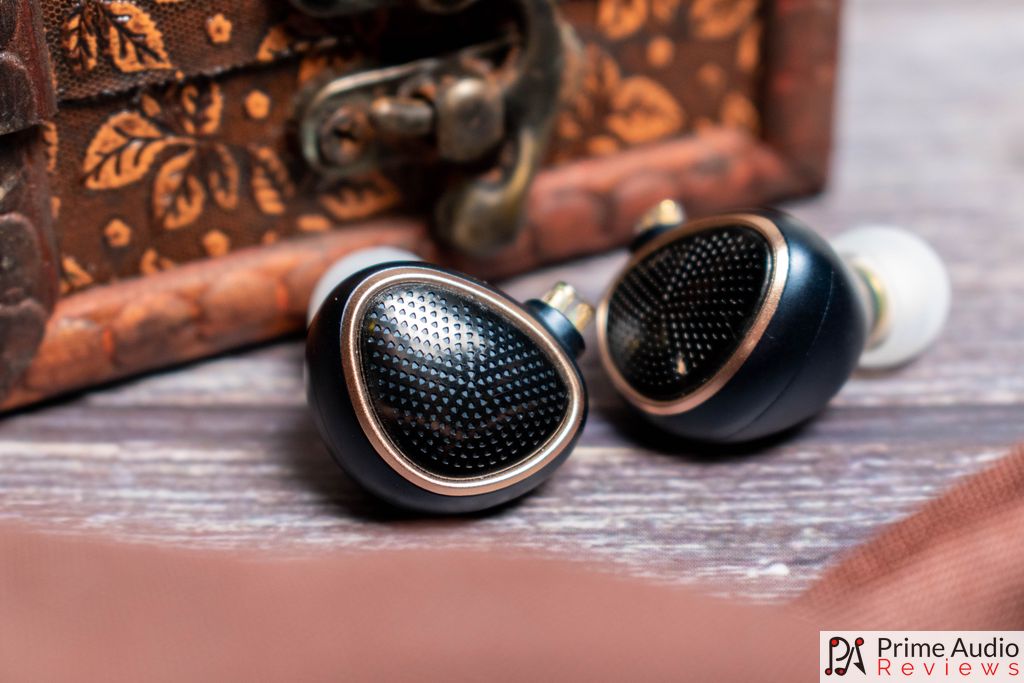
At the top, we find hooded 2-pin connectors. There’s another pinhole vent near the base of the nozzle. The build quality is really nice for an IEM in this price range. The shells are comfortable too and I don’t even notice having them in my ears.
Included with the Kirin IEMs is an 8-core high-purity silver-plated oxygen-free copper cable. It’s a thin cable, despite having 8-cores. As a result, it tends to get tangled quite easily if you’re not careful with it.
However, this is a modular cable so you get 3 different terminations: 2.5mm balanced, 3.5mm unbalanced and 4.4mm balanced. The mechanism works well and the filters are easy to change and at the same time, the connection feels secure. This cable is a great addition and adds value to the package.
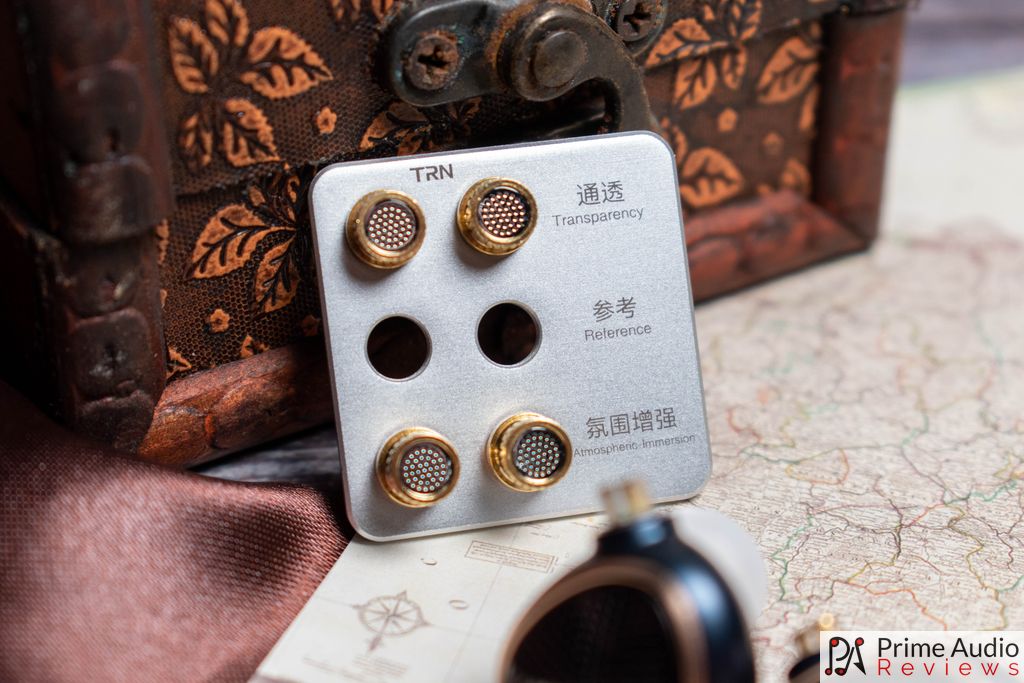
Sound
Gear used for testing includes the Shanling UA3, TOPPING DX7 Pro and Shanling M5s.
Kirin is an efficient planar IEM and doesn’t require a whole lot of power to get going. Even a phone will yield pretty good results but for the best experience, it deserves to be paired with a dongle or desktop DAC or a DAP.
TRN went with a slightly V-shaped sound signature for the Kirin. Having said that, it still has a fairly balanced presentation that is on the warmer side of neutral. In essence, it’s a fun and cruisy IEM. It doesn’t try to be a reference model; it leans more toward forgiving and easygoing. Thanks to its lower treble tuning, Kirin has non-fatiguing highs. But due to its upper treble extension, it gains spaciousness and detail.

Bass
Kirin’s bass is powerful but clean. It might not have the depth that some other planar IEMs have but it’s fun and engaging. There’s more attention given to the core mid-bass than the sub-bass. The sub-bass is less forward than the mid-bass but even with its lighter rumble, there’s a physicality that gives it power and confidence.
Due to the speed of the planar driver and the treble tuning, the bass is airy despite being warm. There’s sufficient definition in its impact to sound clean but enough body to sound complete and provide some thump.
Midrange
The midrange has a touch of warmth but it’s clean and has good articulation. It’s a full-bodied midrange, fairly close to neutral but with slightly thicker vocal and instrument notes. The lifted upper midrange adds presence and vitality without shoutiness.
Vocals sound satiny and smooth but still have ample detail. They’re not upfront but placed farther back on the stage. It’s not the most intimate or engaging vocal presentation and sometimes lacks bite. However, this creates space in Kirin’s mids despite the somewhat relaxed treble presentation.
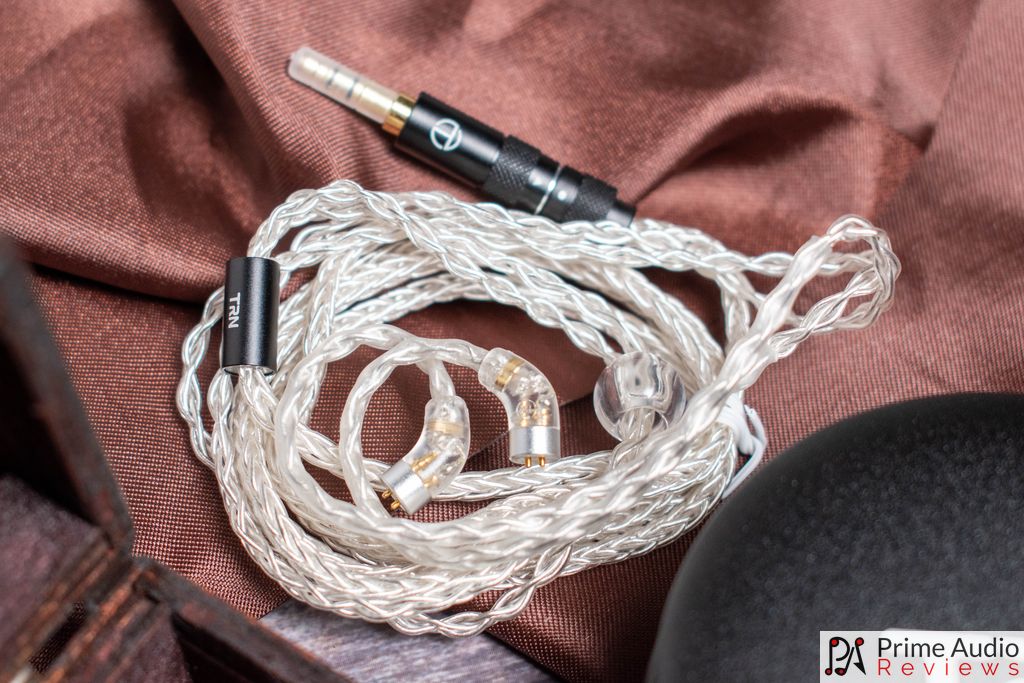
Treble
I would classify Kirin’s treble as smooth and laid-back but airy. The airiness comes from the upper treble extension which is essential to offset the relaxed lower treble. An 8kHz peak grants some clarity to the midrange. But the dips on either side of that peak result in some percussion attacks sounding a little soft in addition to less than stellar detail retrieval.
It’s not an especially sparkly or precise treble but it contributes to the midrange’s warmer tone and spaciousness. Kirin’s treble is free of sibilance and you can turn up the volume without fear of screaming banshee’s in your ears. But treble heads will likely wish for more energy and bite in the highs.
Soundstage and Technicalities
The stage position is neutral i.e. neither forward nor pushed back but somewhere in between. It’s fairly average when it comes to dimensions but has a natural spherical shape with ample depth.
Imaging is middling due to the warmer air between instruments and the softened treble but it’s on par with other IEMs in this price range. However, Kirin underperforms when it comes to detail retrieval as some minutiae are missing from the sound.
Comparisons

7Hz Salnotes Dioko
The Salnotes Dioko (review here) has many differences compared to Kirin. It concentrates on sub-bass and has attenuated mid-bass. This results in a lack of authority and thinner lower mids. Kirin’s bass has more body and impact in comparison.
Dioko’s midrange is tuned for clarity, resulting in better articulation and more detail. Transients are somewhat abrupt while Kirin’s midrange notes are rounder and warmer.
These 2 IEMs are polar opposites when it comes to treble. Dioko’s highs are forward and bring some sharpness and sibilance with them. The TRN’s treble, on the other hand, is a bit subdued, especially with the atmospheric filters.
The 7Hz has a wide soundstage with little depth. Kirin’s soundstage isn’t as wide but it has considerably more depth.

Letshuoer S12
The Letshuoer S12 (review here) has a couple of key differences that make it outperform the Kirin. First, S12 has better sub-bass extension. As a result, those super-low bass notes have more power and authority.
Secondly, S12’s treble is more even and lifted in the lower and core regions. While this makes it less suitable for treble-sensitive people, for the rest of us, it delivers energy, clarity and details to its presentation.
S12’s mids are cleaner and more articulate and closer to neutral than Kirin’s warmer tone. When it comes to soundstage, the S12 creates a slightly larger space and has more precise imaging.
So, while the S12 has superior audio quality (in my opinion) the Kirin comes in at a lower price with the added value of its modular cable. Unless you’re especially sensitive to high frequencies, I’d say the S12 is a better option.
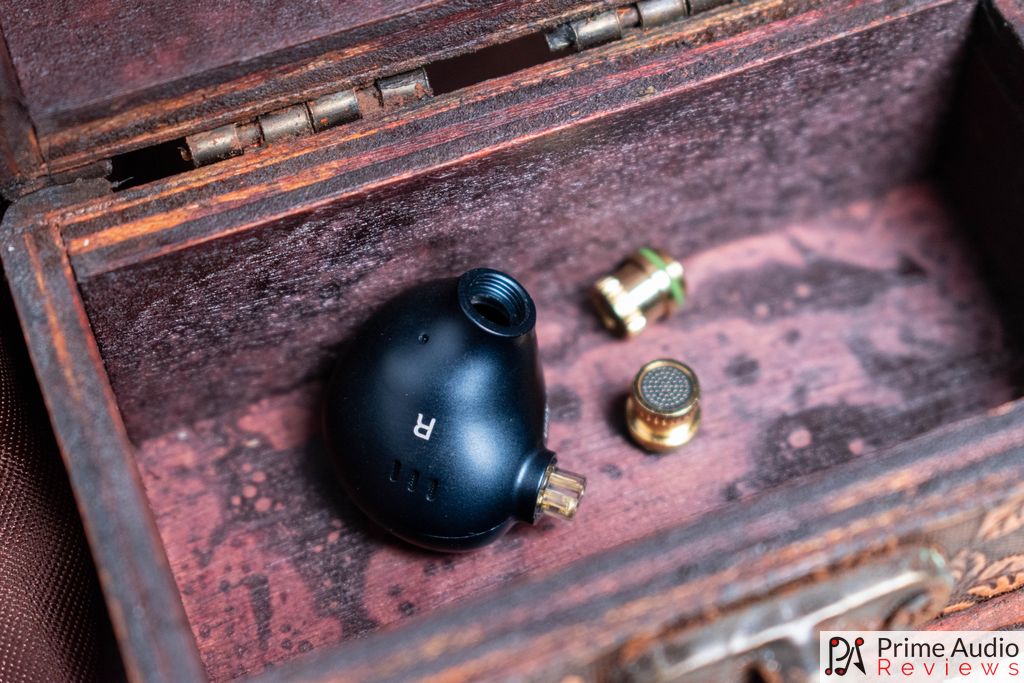
Verdict
The TRN Kirin is a solid first planar release for TRN but it doesn’t really do enough to differentiate itself from other IEMs in its price range. However, I believe the driver has a lot of potential and with some tweaking TRN could have a real winner on its hands. As it stands, Kirin is pretty good for the asking price, especially when you factor in the modular cable and tuning filters.


